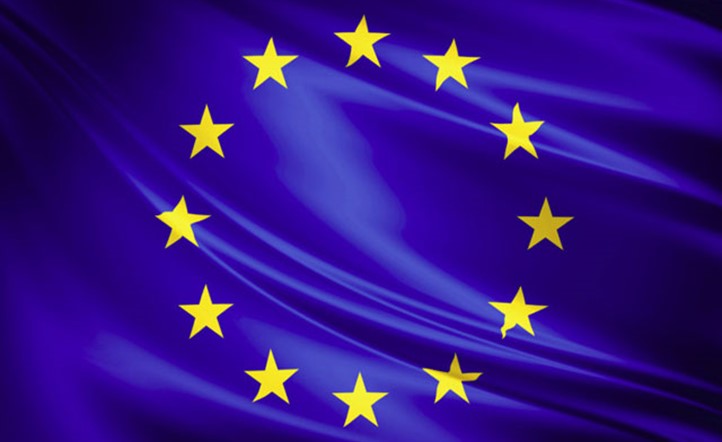Europe - EC releases its study report on Hospital Exemption

The European Commission (EC) has released its final study report on Hospital Exemption (HE).
This report is of great interest to Gilead/Kite as Hospital Exemption impacts access to ATMPs in the EU.
The general objective of this study is to give an overview regarding the national rules providing frameworks for HE and the functioning of HE in EU Member States. This HE study covers the implementation of HE in the EU from the entry into force of the ATMP Regulation (30 December 2007) until January 2025, with an additional in-depth focus on the 19 EU Member States. Moreover, it gathers information on other international regulatory frameworks for innovative products. Given that NCAs will, in the future, be required to report data on the use, safety, and efficacy of HE-ATMPs to the EMA - and that the EMA will establish a repository for this data, including information on the authorisation, suspension, or withdrawal of HE approvals - this study also aims to propose set of data to be considered for the national implementation report.
The key finding and conclusions of this report include the following:
- Hospital Exemption is widely adopted, with 70% of Member States implementing it between 2008 and 2023. Among these the majority (16 out of 19 MS) have, or previously had, HE-ATMPs products available under the HE pathway.
- HE primarily serves to address unmet medical need by offering innovative treatments. However, the interpretation of “unmet medical need” varies from country to country.
- Since its introduction, HE-ATMPs have targeted at least 28 therapeutic indications. Information is available for 83 products, reflecting the WHO ICD-11 categories. The most frequent therapeutic indications are viral infections, graft-versus-host disease, osteoarticular disorders, burns, cancer, and articular cartilage damage/defects/lesions
- Currently, it is estimated that 62 HE-ATMPs are available in 13 Member States, with a total of 110 HE-ATMPs approved between 2008 and 2024. The majority are active in Germany (7), France (7) and Spain (5), all countries with a high level of formalisation of requirements. Eight countries have between 1 to 3 available HE- ATMPs (NL, SE, FI, EE, PT, AT, DK, SI). The number of currently available ATMPs includes 24 assumed to be available in Poland and 6 assumed to be available in Lithuania, though these figures are not confirmed. While 21 HE-ATMPs have been approved in Italy, there is no general HE-product approval, instead, there is a specific HE-product use approval for individual patients.
- Under HE, most available products are Somatic Cell Therapy Medicinal Products are available (37 out of 62), followed by Tissue engineered products (21 out of 62) and Gene Therapy Medicinal Products (4 out of 62).
- Some HE approval holders use HE as a bridge towards central marketing authorisation as seen in the following three treatments: DE: JERLIX (current name as HE product: NOVOCART Inject); ES: ARI-0001 for acute lymphoblastic leukaemia (ALL) in adults and children; NL: TIL therapy for metastatic melanoma, developed by the Netherlands Cancer Institute (NKI). Overall, the central marketing authorisation application process may pose challenges for academic manufacturers, as they often lack the necessary resources and expertise to navigate through this application process.
- EMA is supporting academic developers in advancing ATMPs through PRIME and pilot program launched in 2022
- Well-defined data requirements and assessment methods provide clarity for HE applicants. In some countries, applicants must provide extensive evidence on safety, efficacy and quality. In other countries, less data may be acceptable regarding safety or efficacy, as long as quality standards are maintained, and the justification is provided.
- HE-ATMPs are produced in GMP-compliant facilities. Although GMP compliance is mandatory for HE-ATMP development, stakeholders highlight the associated costs as a significant challenge, particularly for academic institutions and small-scale developers.
- University hospitals and academic medical centres play an important role in expanding HE-ATMP treatment options. Half of the HE approval holders are university or public hospitals - out of the 51 approval holders identified in this study, 26 were public or university hospitals
- Academic research centres support providing patients access to ATMPs, and HE has provided them with new opportunities, including translating laboratory f discoveries into new clinical therapies and creating biotech spin-offs such as Novadip (BE), PolTREG (PL) and Obnitix (DE)
- Clear reporting mechanisms enhance transparency and accountability.
- Public HE-ATMP approval repositories could support awareness among relevant stakeholders, by making information accessible to patients and physicians.
- Networks of European academic institutions could promote knowledge sharing and innovation. In line with this, some manufacturers support the idea of a broad European network to help streamline ATMP manufacturing processes and facilitate the sharing of good practises across different centres
- Adopting good practices can enhance hospital exemption implementation across Europe. Effective implementation of the Hospital Exemption relies on well-defined national regulatory frameworks, transparent processes, and proactive oversight by NCAs.
Reference links:
- Report: https://data.europa.eu/doi/10.2925/6644732
- Annex 1 (Member State reports): https://data.europa.eu/doi/10.2925/6354066
- Annex 2 (Jurisdictions Abroad): https://data.europa.eu/doi/10.2925/6131679
